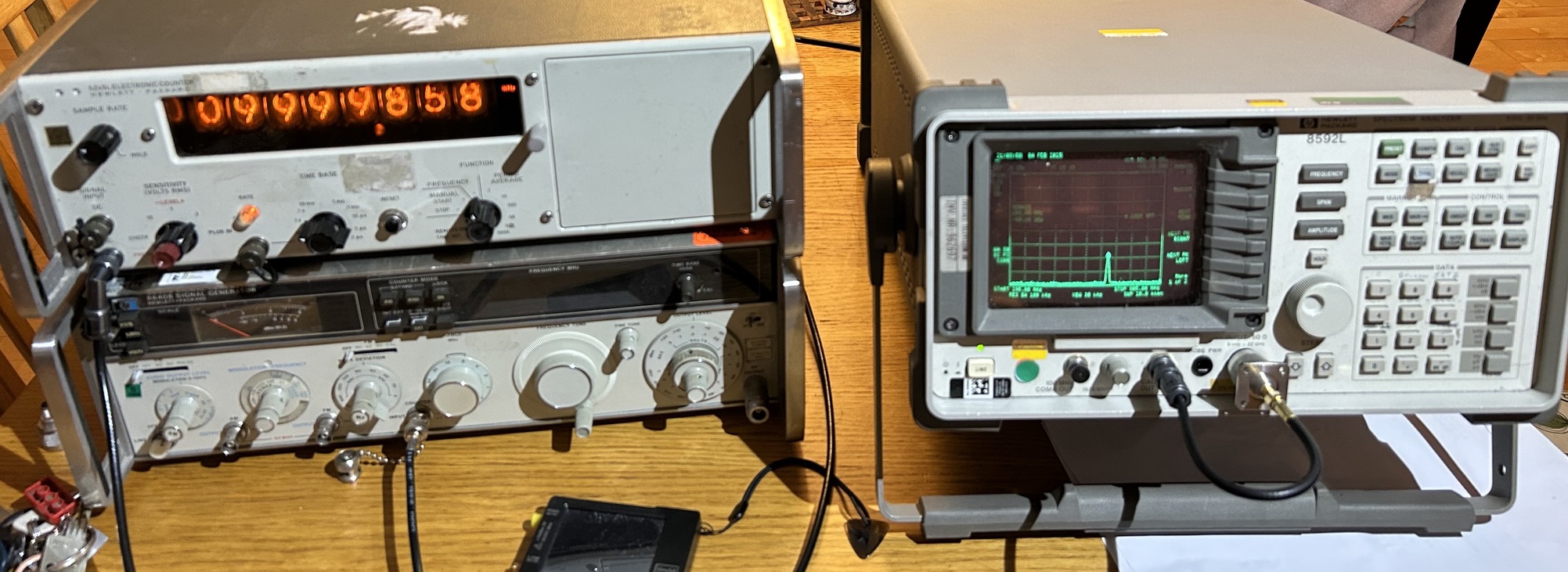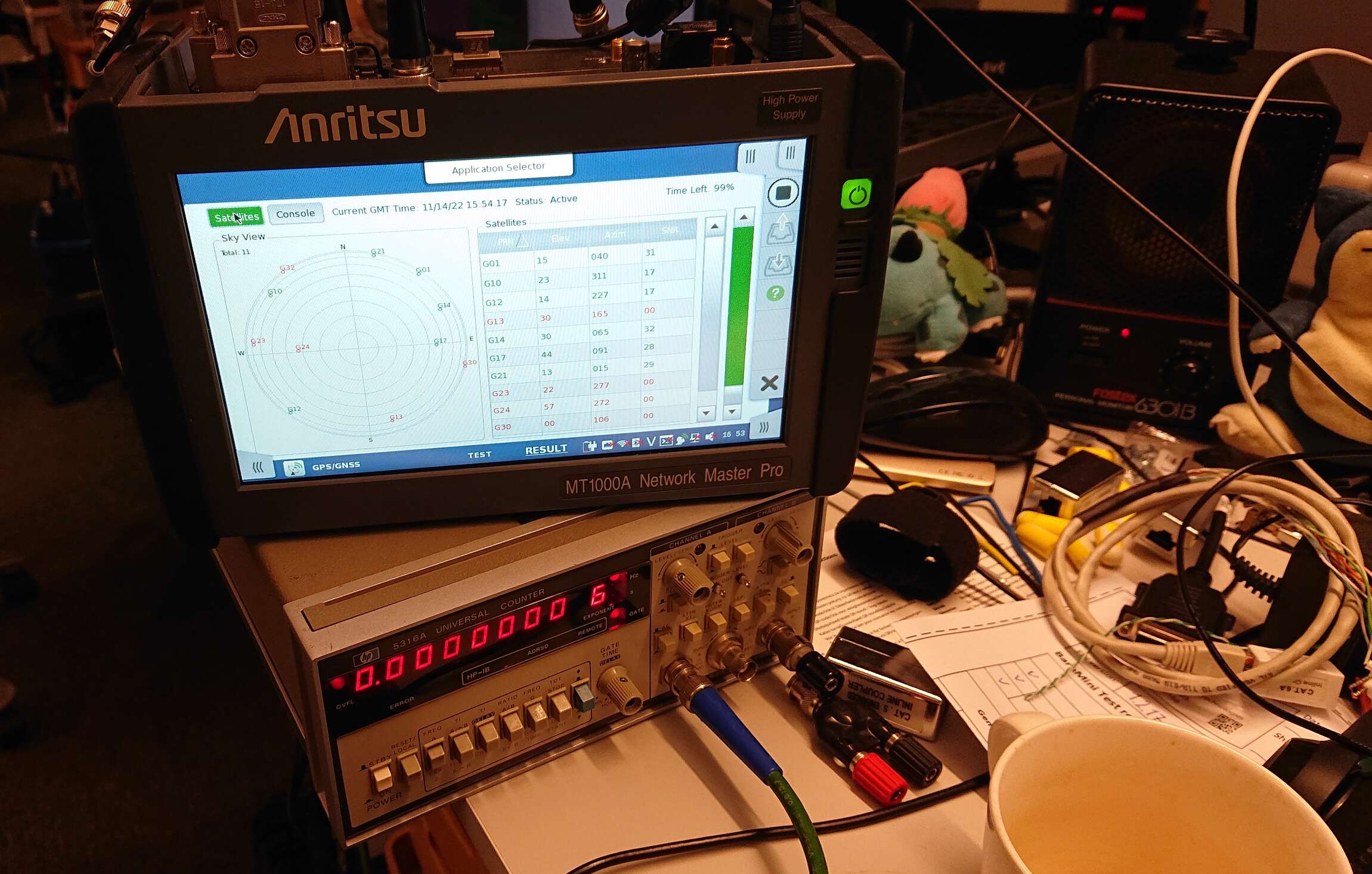Here are the pictures from the very quick visual inspection of the HP 211AR from this evening.




The tubes are a mix of Hewlett Packard branded Sylvania and a bunch of made in Canada RCA. The chassis is lettered for a 5V3 rectifier but a Canadian manufactured RCA 5U4GB is in the socket:

The power cord that I thought might be an old replacement because it only had two prongs which would be very unusual for Hewlett Packard equipment is actually factory. The ground conductor is present in the cord and is soldered to a lug on a tag strip that is connected to the chassis so it's present on the equipment end. What happened was the plug got replaced with a two prong plug somewhere along the line. The cord itself isn't in the greatest shape aside from the aftermarket plug that was put on it so it needs to be replaced. I have a couple of power cords that would be suitable on hand.
What concerned me more though was the fuse plug was missing. I did some quick resistance checks with a multimeter to make sure none of the obvious usual suspects were shorted out. None of the filter capacitors were shorted. The primary winding on the transformer measured a bit over an ohm which is lower than what I would have expected but it isn't open either. Since I had the LCR meter out for checking the CE capacitors for the Dynacos, I put that on the transformer primary to get an impedance rather than a straight DMM resistance reading and got a value that looks a bit more reasonable:

Apart from the quick cursory checks with the DMM and LCR meter that didn't reveal anything open or shorted, there also weren't any obvious signs of blown electrolytics or overheating with the power transformer so I'd cautiously say it bodes well. Really, what I should do is check the back seat of my truck and make sure the fuse holder didn't get dislodged during the trip home and isn't sitting there.
Unfortunately, that's where I had to leave it tonight. It's unlikely I'll be doing much more with it while I'm on midnights, unfortunately, but we'll see what happens.





























